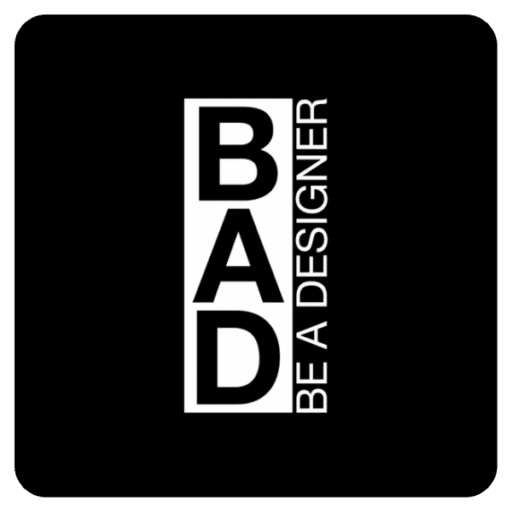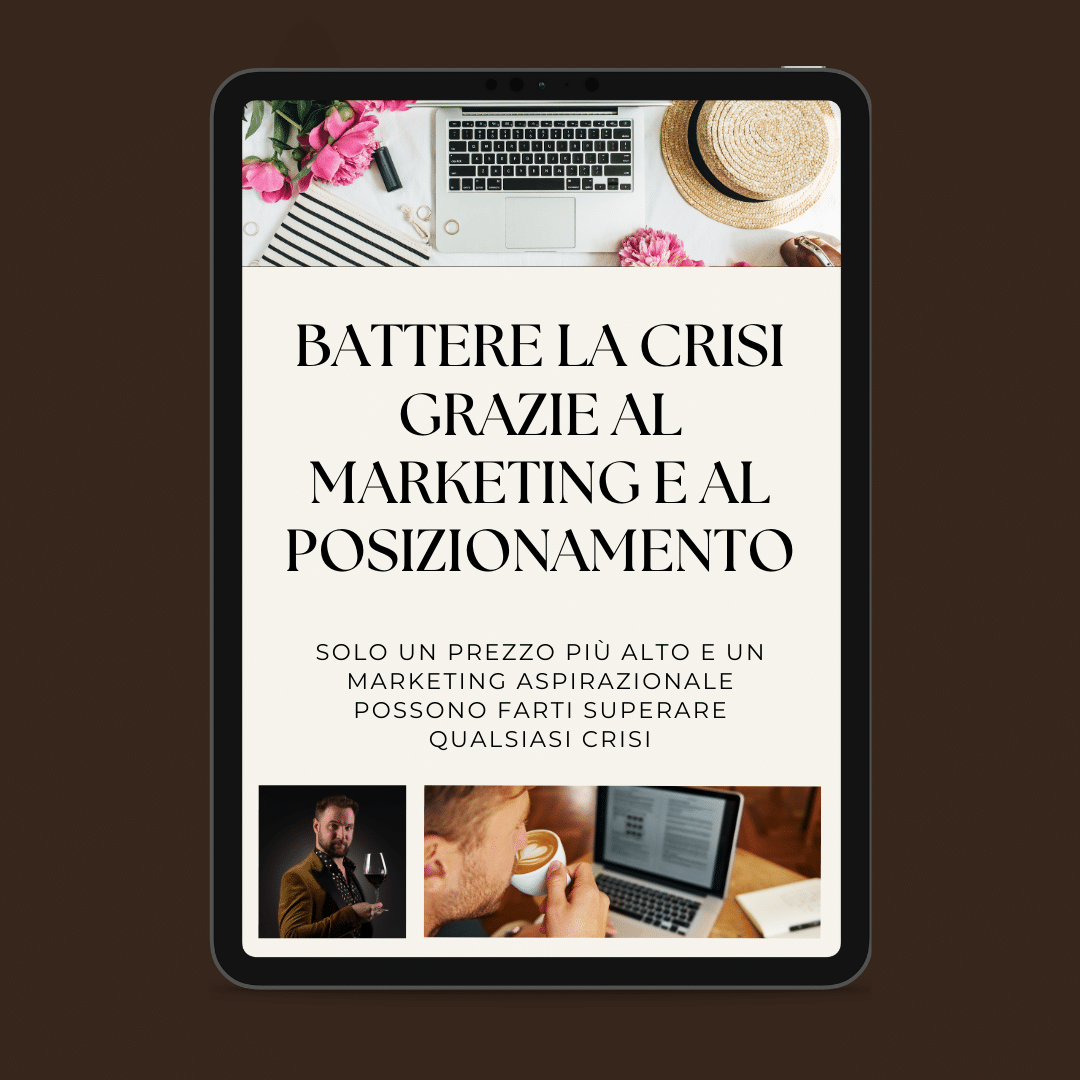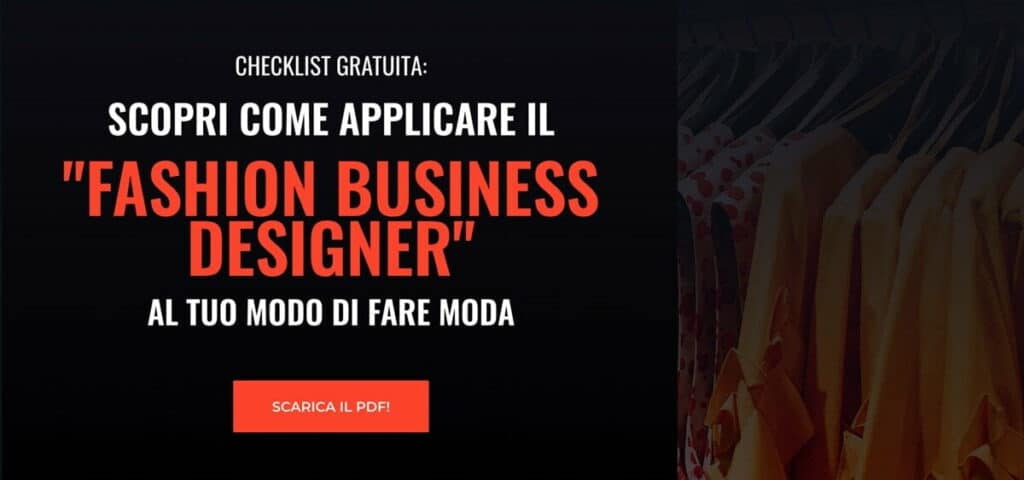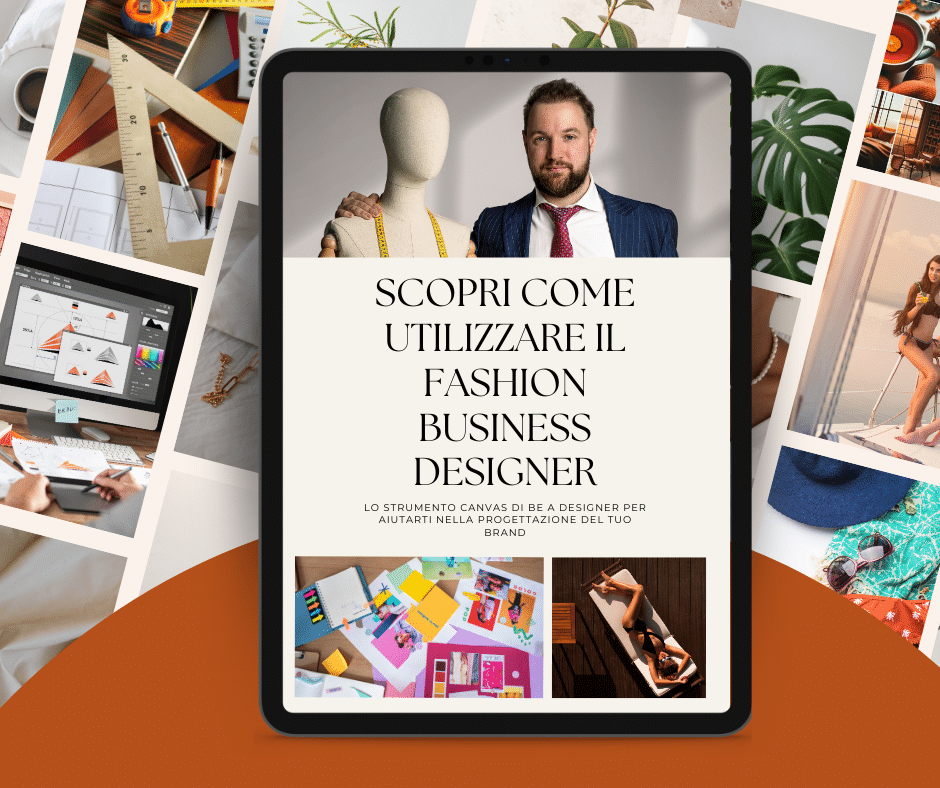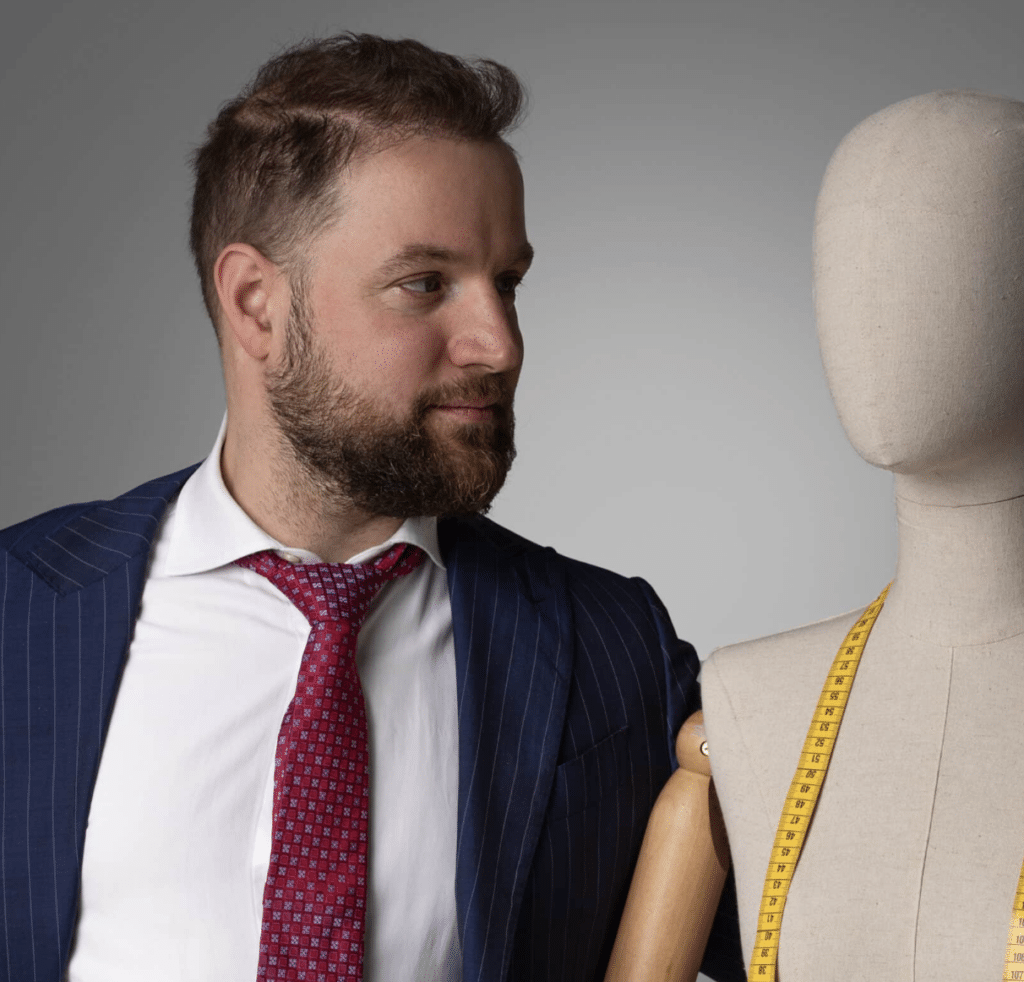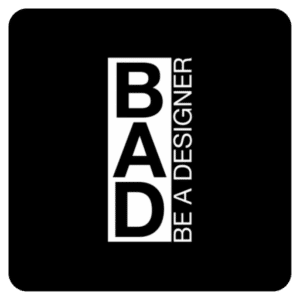What is fashion? I think this is a seemingly simple question but one that hides a great complexity within itself.
In this article I will analyse some of the meanings and definitions of ?fashion? and list some of the characteristics that make many fashion companies and brands crisis-proof!
All we have to do is step out of the house and we see clothes and bags, billboards, eye-catching shop windows on the streets. As if that were not enough, we have to dress up every day depending on the situation, to go to work for a meeting with our boss, to go to the gym to take a class, whether fashion is our greatest passion? or not.
Whether we like it or not, we are surrounded by fashion. Every day we are literally bombarded by advertisements of all kinds, all we have to do is turn on the television and there appear, in perfect cinematic style, surreally beautiful men and women exchanging glances in dreamlike settings, a few moments of a story that lasts an instant... only to discover that it is only a perfume!
Is perfume fashionable? Probably not, I think we all, as consumers always try to buy our favourite perfume again when our bottle comes to an end. Yet almost all brands sign essences and if we go and analyse a balance sheet sometimes they represent a significant income.
Once it would have been easy to identify fashion in clothes, but today the big fashion houses sell perfumes, bags, glasses, watches and jewellery.
To me, who is in charge of marketing, it would be called (in technical jargon) a line extension, a choice that proves very profitable in the short term but ultimately weakens the brand perception in the mind of the consumer. In fact it is true, all brands do it but in the long term it is sustainable for only a lucky few.
So you don't just sell products, you sell real experiences and you get closer and closer to the buying dynamics that were once the sole prerogative of the luxury world. People are trying to embrace a 'lifestyle' or a way of life / current of thought (see the Hipsters for example), they are looking for 'status symbols' and each product must necessarily be 'aspirational' according to the price bracket it belongs to, otherwise it won't sell.
Thus we see more and more hotels, clubs, and many other different types of activities opening that have little or nothing to do with fashion but somehow declaim the particular philosophy of a brand and how the clothes lines carry its style.
For some, fashion is creativity, the flair of designers, sparkling clothes and glossy magazines for others, fashion is a business: a large container of different professionals, of small and large companies collaborating with the big guys to build ?the dream?
Talking about fashion automatically means talking about famous designers, but at the same time, with today's means, everyone can create their own clothing line, their own brand [if you haven't already done so and are interested in the subject, I recommend reading the articles I have written].
We often hear about the crisis, but (almost) unexpectedly in Italy, growth of 1.4% is estimated for 2017 to reach 83.639 billion (Textiles and fashion industry), with exports of 62 billion (+1.5% over 2015). Italy remains the leading country in Europe in terms of gross value of fashion production, with 41% of the total, followed by Germany (11%), Spain (10%), France (8%) and the United Kingdom (7%)
What is certain is that fashion is a true format born to create (and subsequently kill) trends. These are developed and anticipated first by the big designers who are the real influencers (Do you remember a few seasons ago when Giorgio Armani did a Wisteria-coloured collection? Within a few weeks, everyone wanted to come out with items in the same colour) and then they are followed closely by everyone else.
The fundamental challenge for fashion companies is that on the one hand, they need to build their own unique, recognisable style. They need to have a personality, they need to have some recurring style choice that customers will always associate with the brand; but in order to be considered fashionable, they need to evolve and change paradoxically every season.
Fashion is undoubtedly a search for balance between the past and the future. More often than not, trends refer to previous decades. Innovation and novelty are both a necessity and a risk. In fact, one often needs forms that are only 'more evolved' and not 'revolutionary' than what is already being done in current collections. Now more than ever, the relationship with one's public, one's admirers, is important to understand what will go and what will remain on the shelves.
?Fashion is such an intolerable form of ugliness that we have to change it completely every six months.?
Oscar Wilde gave a perfect explanation of a fundamental concept that distinguishes fashion from so many other types of business the planned obsolescence. Brands manage to persuade us to buy new products every six months not because of the physical wear and tear of the product, but because of the desire to seek a newer look and design with each change of season.
In short: ?no longer fashionable?
So fashion is a recursive type of business. In simple words, if you have a brand, you must not be content with a customer buying a garment from you once, but you must make sure that he or she is prepared to come back and buy from you again whenever you have something new whenever there is a special occasion, such as sales or offers, to choose you again.
This is one of the basic rules of marketing that says it is much easier for a customer to buy from us a second time than to get a new customer Artificial shortening of the product life cycle is one of the factors that explain seasonality and some other strategies.
Among these how can we not mention Zara? There the collections have a life cycle of only a few weeks, are produced in predefined numbers (many times deliberately lower than the estimated demand) and play everything on scarcity summed up: ?If you go into the shop and see something you like take it now because you know that every fortnight the collection changes?
This topic alone would require several in-depth studies because, in my opinion, it represents the state of the art at the level of business models, but with great consequences as it completely destroys the system of trade fairs and 'classic' seasonality, and for us in the supply chain it creates quite a few complications.
So, as insiders, all we have to do is work hard, confident that this 2017 has all the makings of a great year full of satisfaction!

Do you want to create your own brand?
Within the project Be A Designer we can help you build your brand using the Fashion Business Planner
